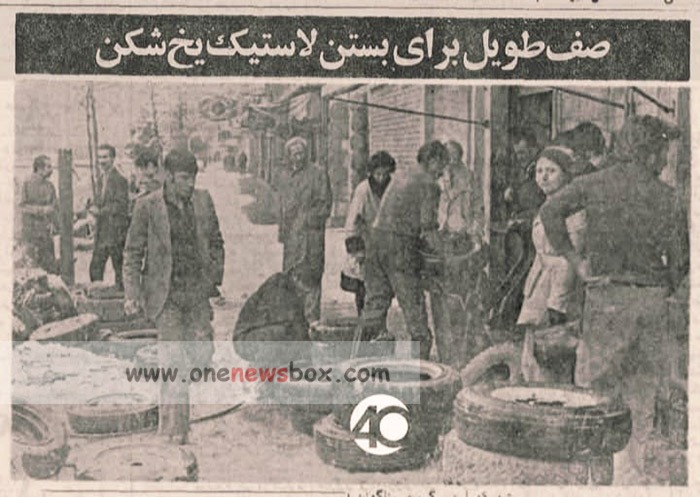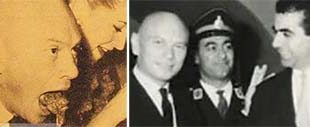Following Tehran, Urmia, located in the northwest of Iran, became the second city to witness the publication of a newspaper. This publication, which appeared in 1265 AH (1849 CE), was unique in that it was written in Assyrian and was titled Zahariradi Bahara. This was an important milestone for the Iranian press, as it demonstrated the growing diversity of the press in terms of language and target audience, marking the second period of modern newspaper history in the country.
A few years later, in 1267 AH (1850 CE), the third significant Iranian newspaper, Voqaye Attifaqiyeh, began its publication. This newspaper, under the supervision of Mirza Taqi Khan, Amir Nizam, a powerful figure during the reign of Naser al-Din Shah, was printed weekly. This was a turning point in Iranian journalism, as Voqaye Attifaqiyeh was one of the first newspapers to engage in political commentary and news reporting in the modern sense. The newspaper became a key tool for informing the public about the activities of the royal court and the policies of the government, as well as the developments in the wider world. Voqaye Attifaqiyeh was published under a new name, Government Against Iran, when Mirza Abolhasan Khan Naghashbashi, also known as Sani’ al-Dawlah, took charge of the state press in 1277 AH. This change marked the beginning of more professionally managed government-backed newspapers. The illustrated version of the Government Newspaper Against Iran was known for its high-quality printing and the publication of portraits of influential figures of the time, from princes to bureaucrats. After a while, it transitioned into being simply known as The Government Newspaper, and its influence continued for several years, until it ceased in 1324 AH (1906 CE).

